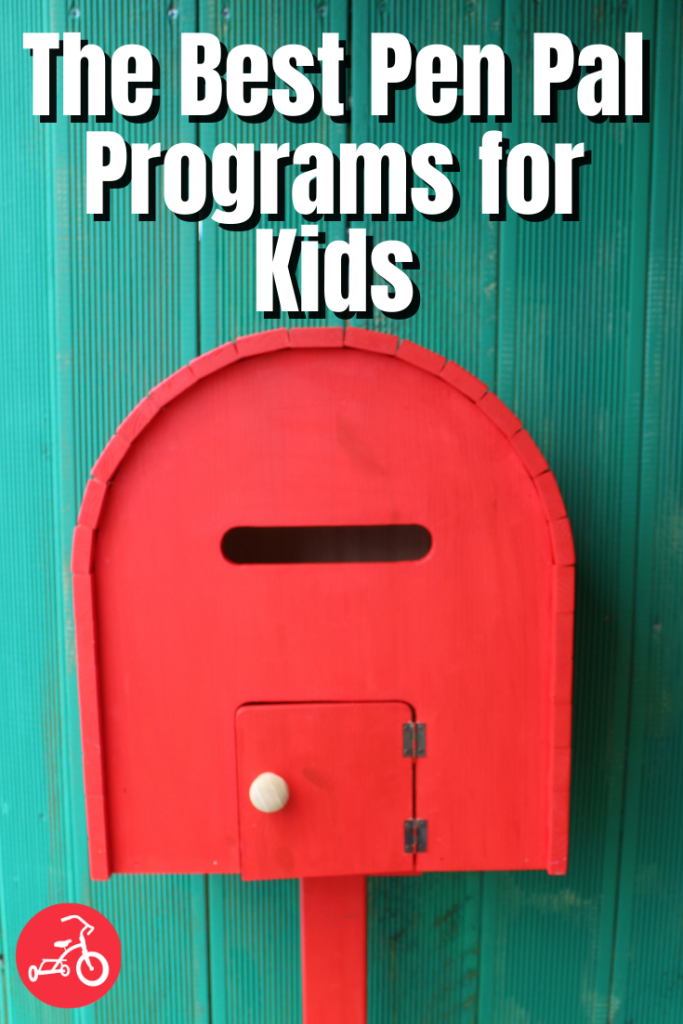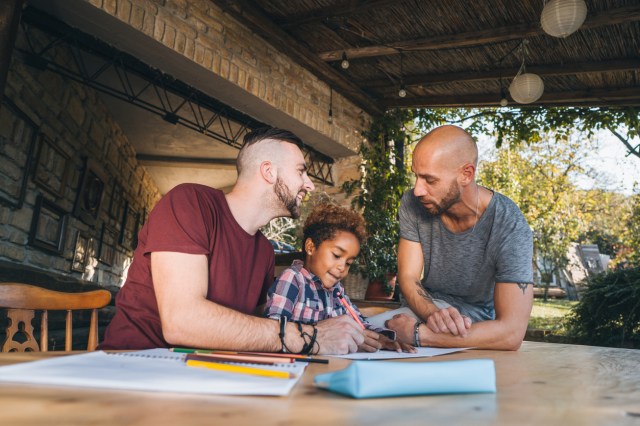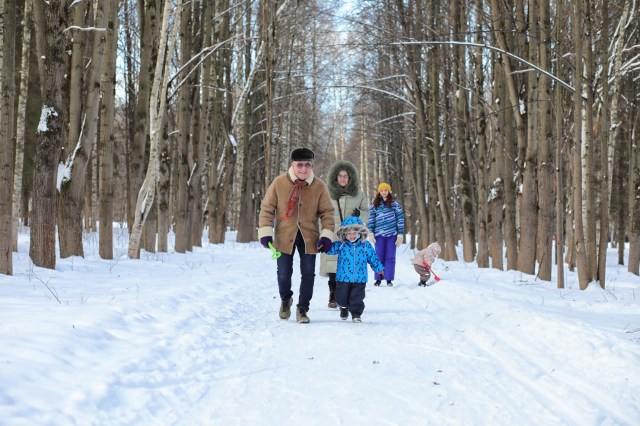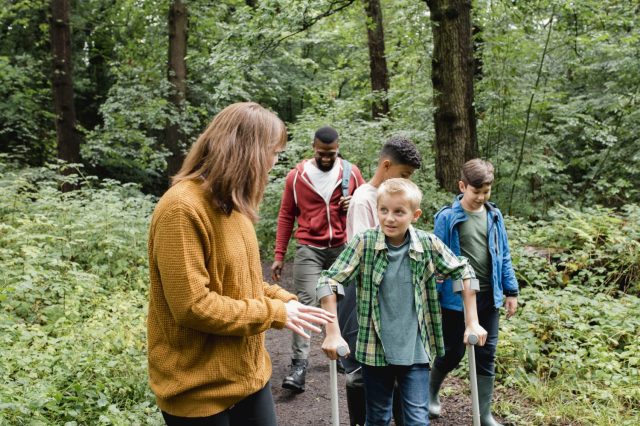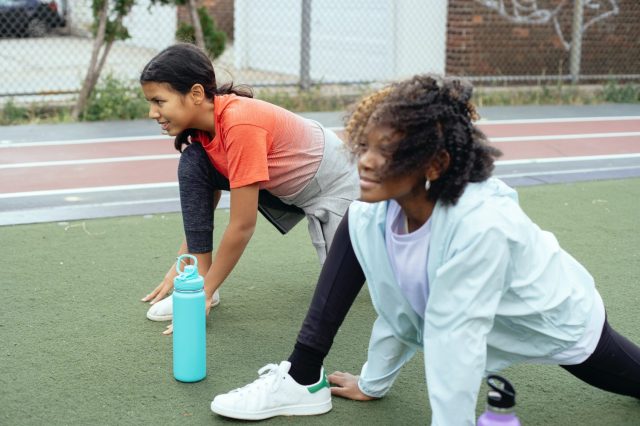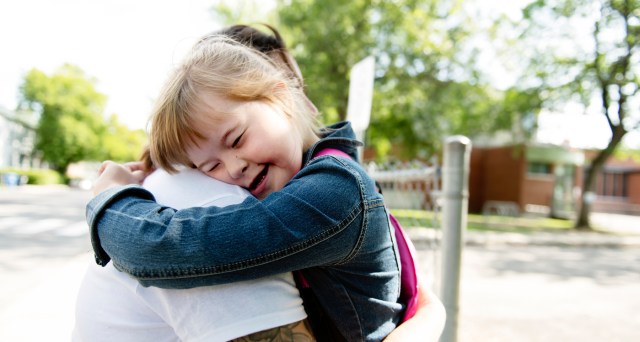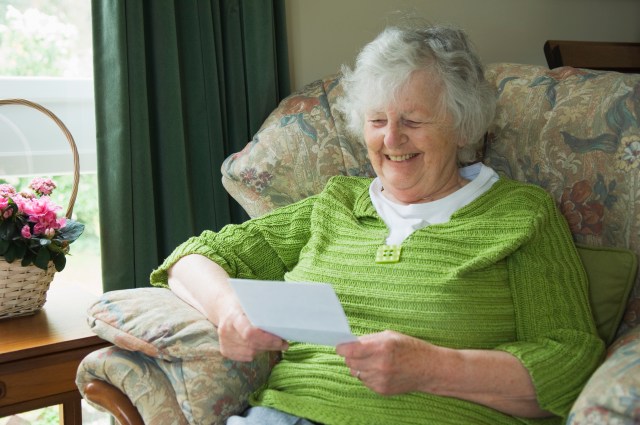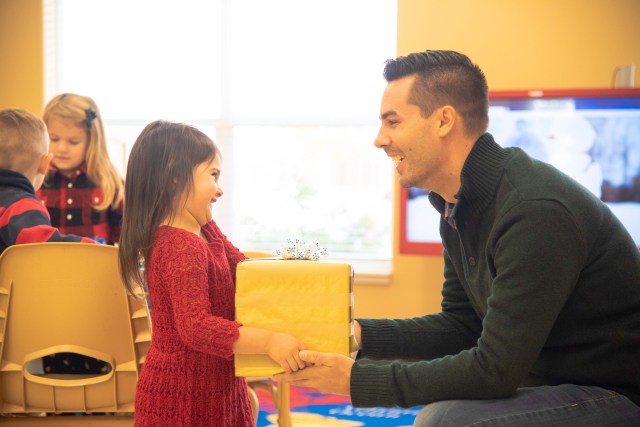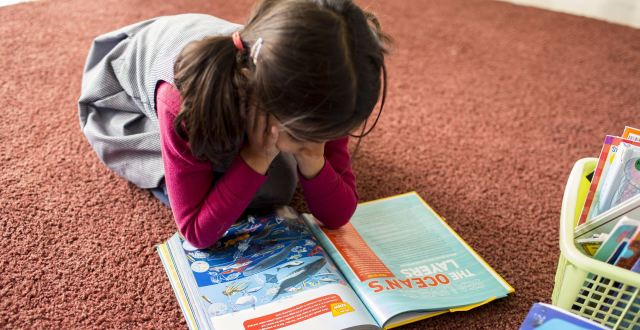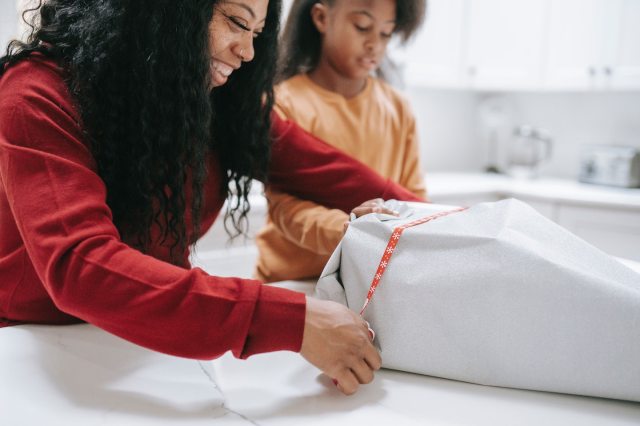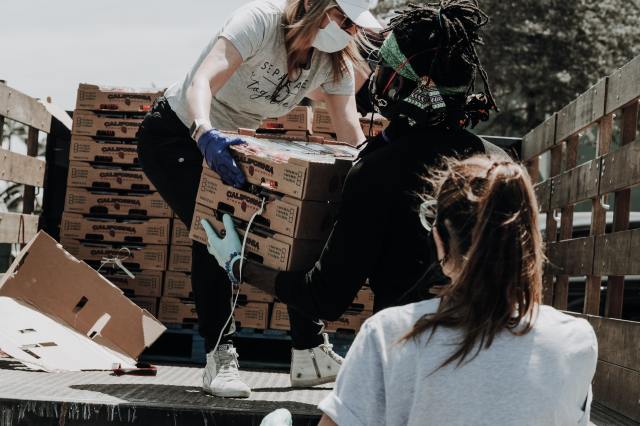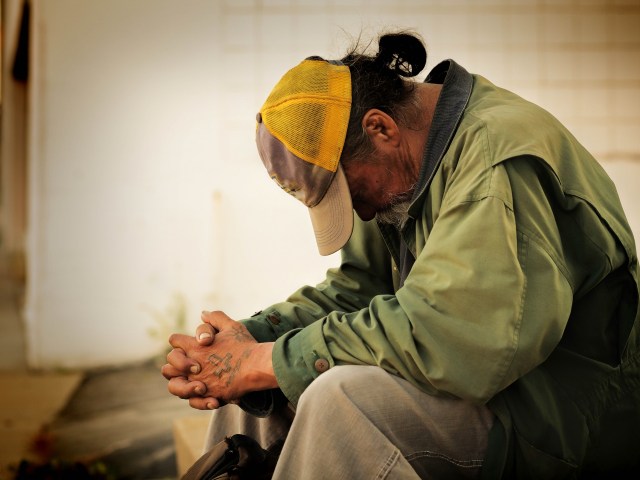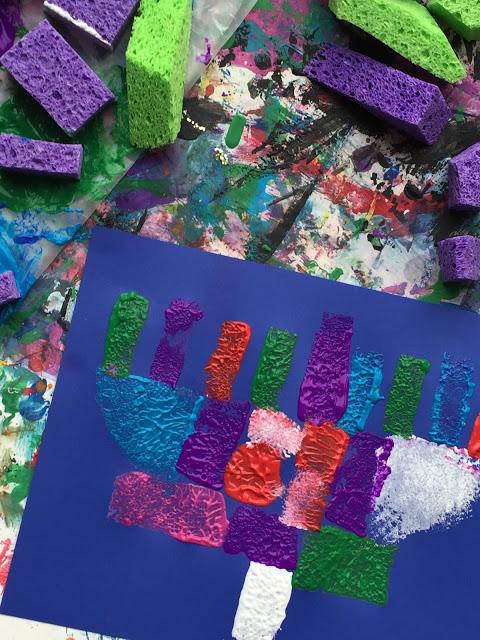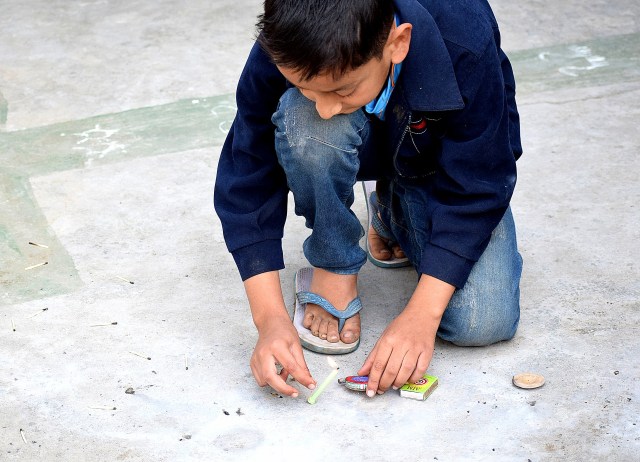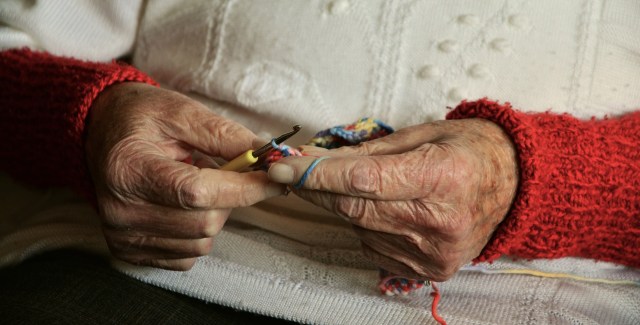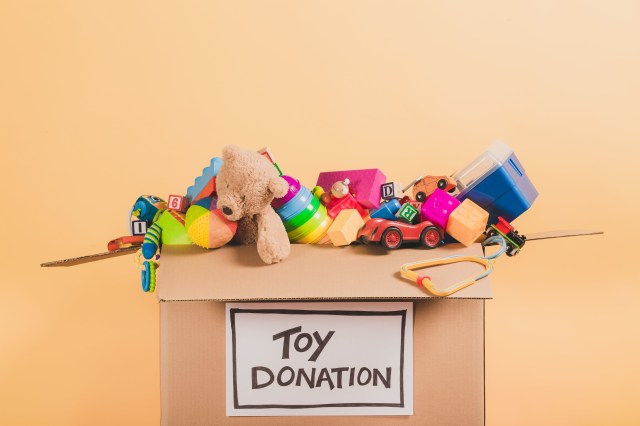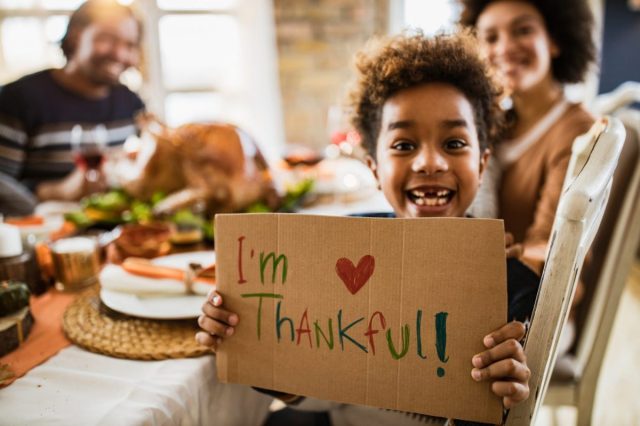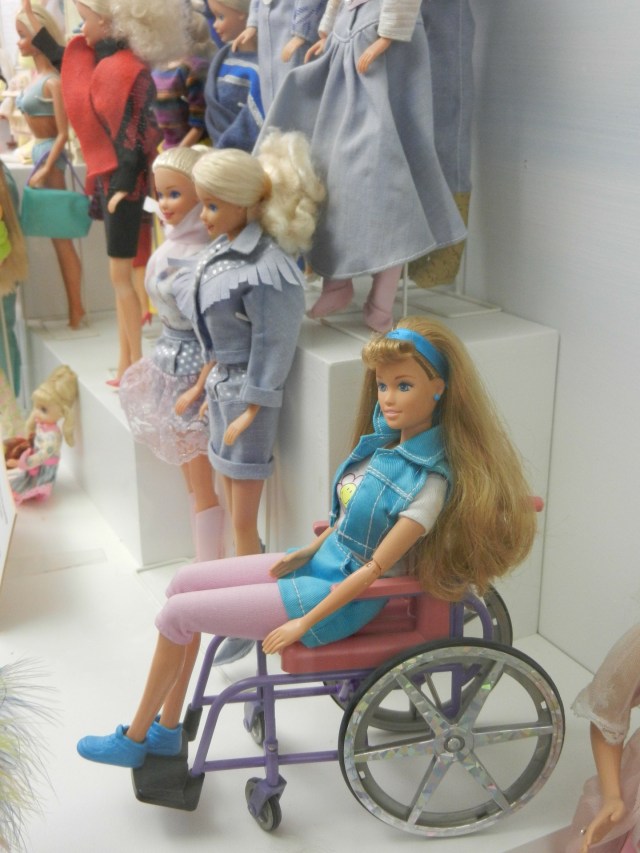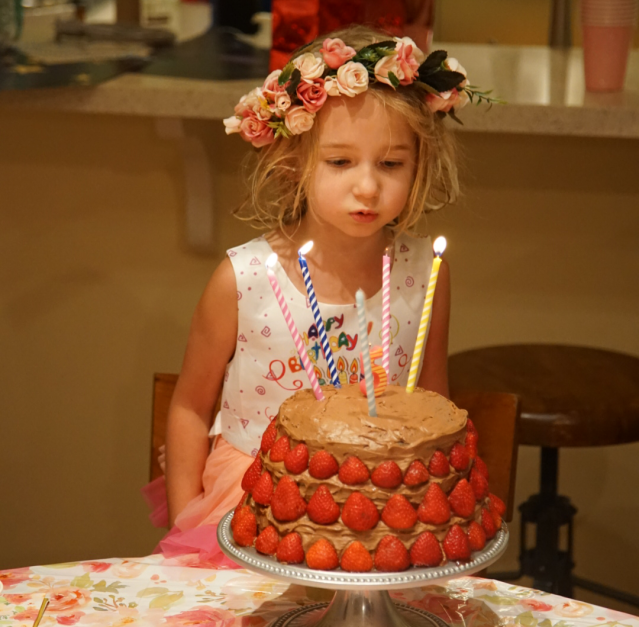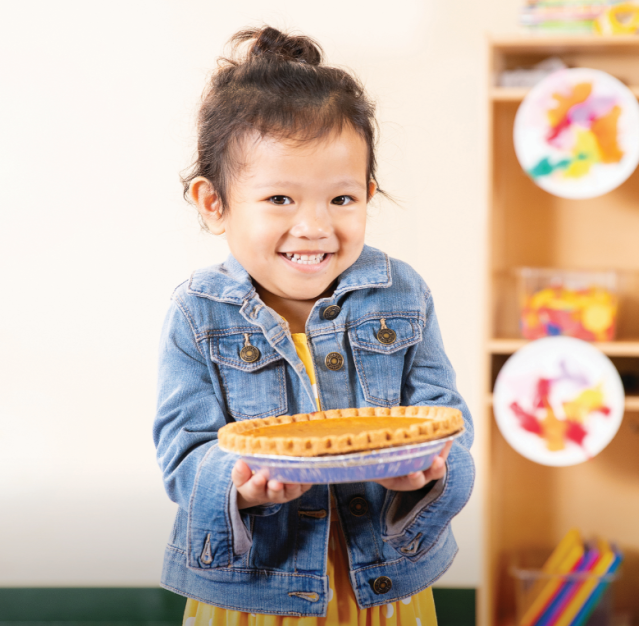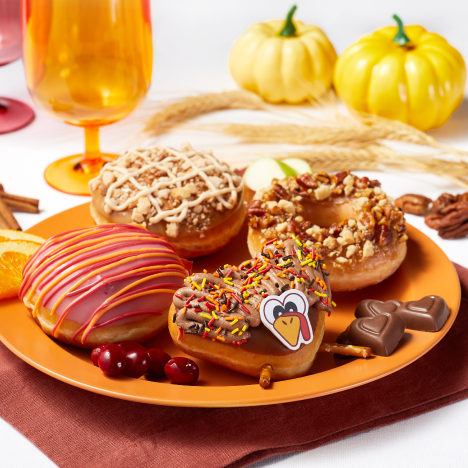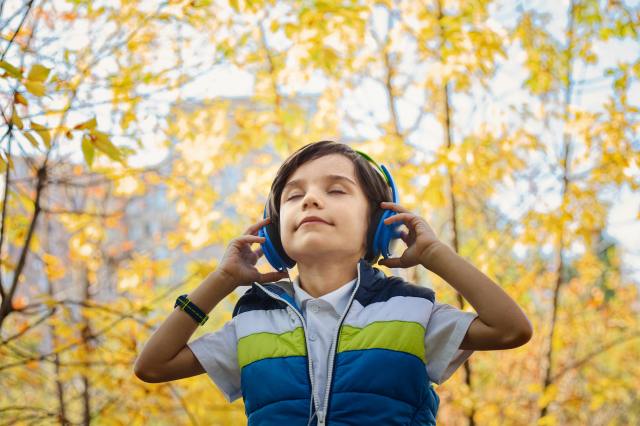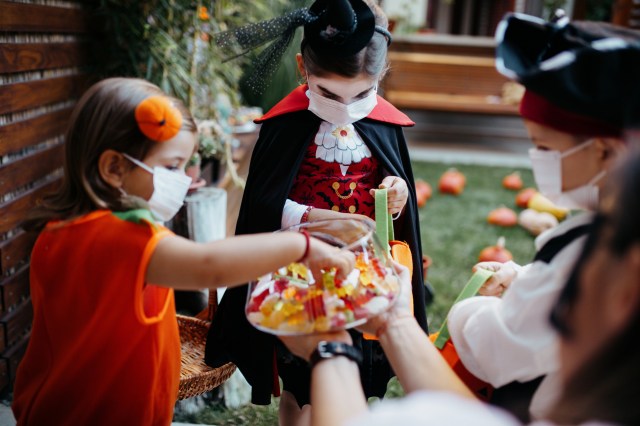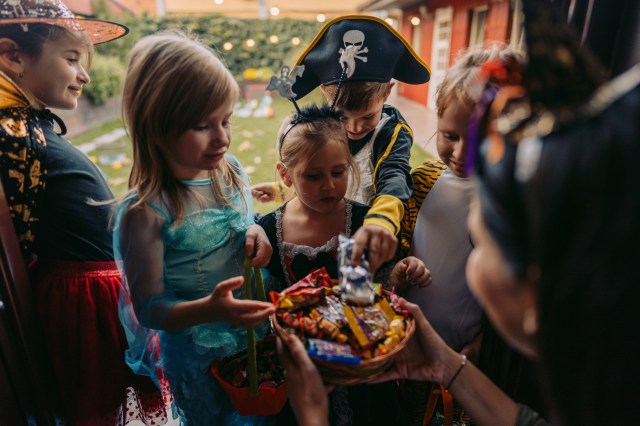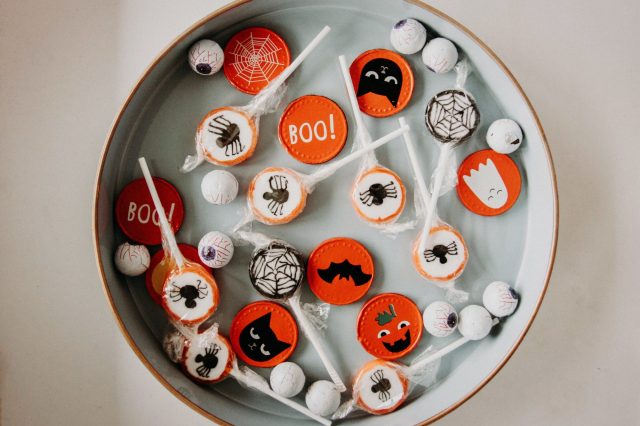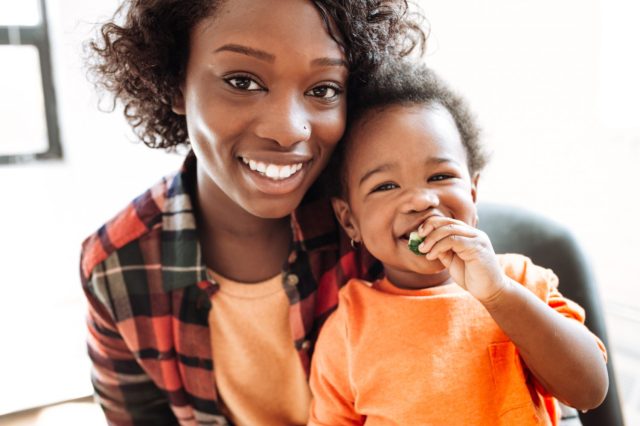No matter how old you are, everyone longs to feel a little more connected these days. Email and texting connect us across the globe in an instant, but nothing quite beats the feeling of opening a hand-written letter. Whether you’re hoping to make friends across the globe, or you just want to put a smile on a lonely face, these programs that offer penpals for kids and other letter writing opportunities are a great place to start.
NASA Astronaut

Are your kids curious about what it’s like to walk on the moon or what the astronauts on the International Space Station eat? They can ask an astronaut and even score an autographed photo thanks to the NASA correspondence program. Get the mailing address and all the details on how to score an out of this world pen pal here.
Write to An Author

Is your little bookworm obsessed with their favorite author? Or maybe you have an aspiring young author of your own? Why not put pen to paper and write a letter to their favorite writer. As children’s author Mary Amato suggests, your pint-sized fiction fan can easily write a letter to an author. Simply look for the publisher’s address on the inside cover of the book and address your letter to the author care of the publishing company. While there’s no guarantee of a response, you can increase your chances of receiving a reply by including a self-addressed, stamped envelope. Get all the details by clicking here.
Kids for Peace
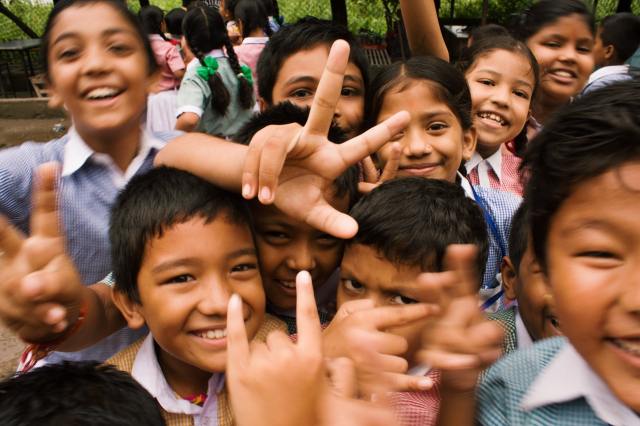
What better reason to write a letter than to spread peace and kindness? Kids for Peace was founded by a mom of two, Jill McManigal, and Danielle Gram, a high school honors student, with the intention of bringing kids together for a brighter future. The platform, which features over 300 chapters around the world, empowers kids across all cultures and socioeconomic backgrounds through service projects, global friendship and acts of kindness. The Peaceful Pen Pals program, just one of the many initiatives offered by Kids for Peace, is designed to connect kids through love, acceptance, compassion and kindness. Sign up to join the program here.
International Pen Friends

Globe-trotting might not be in the cards right now, but that doesn’t have to stop your young explorers from learning about other countries and cultures. Founded in 1967, the International Pen Friends Club has connected millions of pen pals across the globe. Once you sign your kiddos up and pay a small membership fee, they’ll be provided a list of four to 14 pen friends from the same age group (starting at age eight) to choose from. Pen friends are typically paired by similar interests, and you can also request specific countries you’re interested in. Your own address is also circulated to pen friends in the same age group, so you might get surprised with some international mail! Register for a membership here.
Letters to a Pre-Scientist
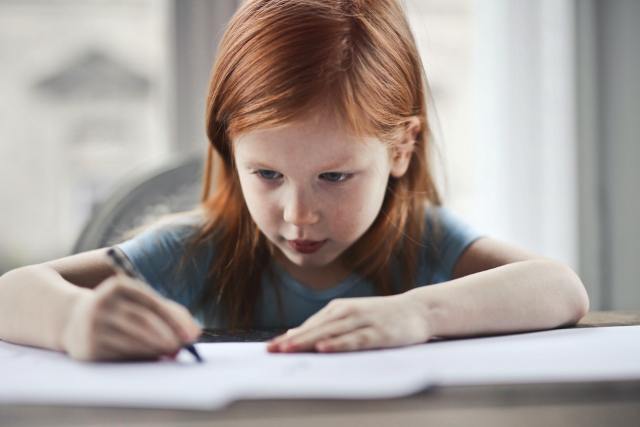
Inspiring young STEM-lovers isn’t always easy, but thanks to this innovative program, kids can build a relationship with a real scientist that's sure to leave a lasting impression. The Letters to a Pre-Scientist pen pal program pairs students or “pre-scientists” in fifth to tenth grade throughout low-income communities across the country with STEM professionals. Teachers who are interested in bringing this unique pen pal program to their classrooms can apply to the program here.
Operation Gratitude

Operation Gratitude supports deployed troops, veterans, first responders, military families and wounded heroes and caregivers with care packages. Every package sent includes a bundle of letters. Your thankful tykes can write letters, make cards or draw pictures to express their gratitude for their service and dedication. Register to write letters and find more details on delivering them here.
Love for Our Elders
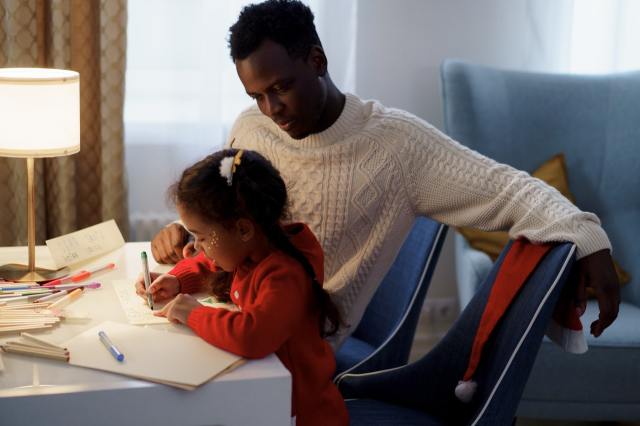
The elderly, especially those living alone or in nursing homes, can often feel isolated. Love for Our Elders is on a mission to help fight loneliness and spread some love through their letter-writing program, Letters of Love. Simply take a few minutes to write a thoughtful letter and mail it in. While your kids won’t receive a letter in return, they will feel good knowing that their words have made someone very happy. You can check out the guidelines for letter writing and get the mailing address here.
Letters Against Isolation
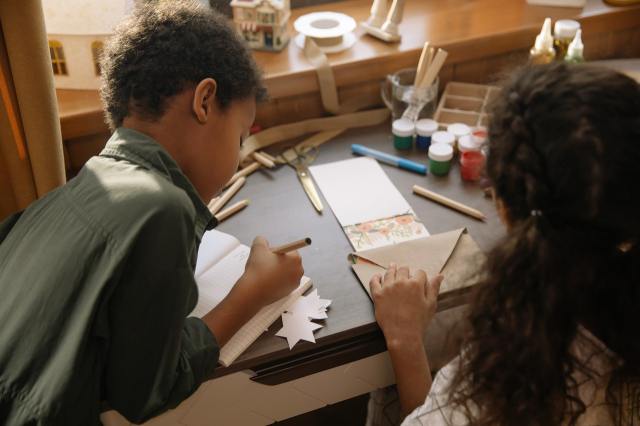
Letters Against Isolation is another awesome program aimed at helping to spread some joy to isolated seniors. Sisters Shreya and Saffron Patel were inspired to found the program after doing their best to support their own self-isolating grandparents. They began writing letters on their own, but soon the demand grew so large that they are now looking for more penpals for seniors to help them deliver letters to care facilities across the US, Canada, the UK, Australia and Israel. Sign up to become part of their team.
Girl Scouts USA Letter Writing Project
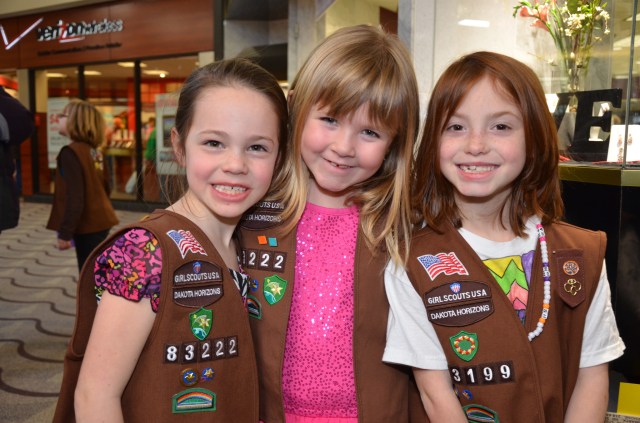
Have a future leader in scouting? Join the Girl Scouts national service project writing letters to seniors and caretakers in assisted living facilities. Girl Scouts participating in the campaign can earn a special Girl Scouts Give Back patch. Check out the Girl Scouts USA site for more info for girls and their troops.
PostCARDS for Democracy
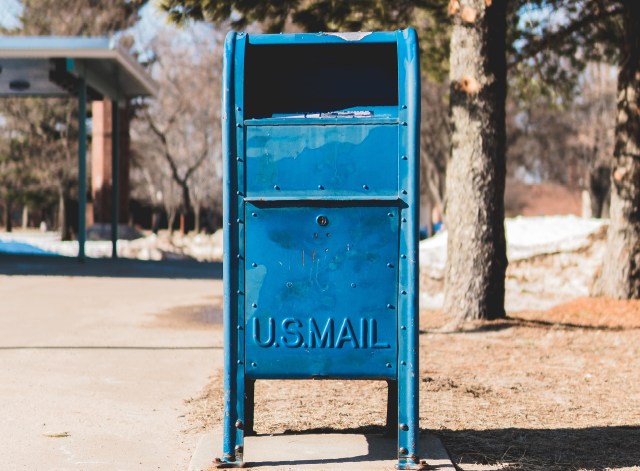
Letter writing not quite your tots’ thing? Or maybe they just prefer to draw? Put those talents to work decorating postcards to help support the U.S. Postal Service. Co-founded by musician (and Yo Gabba Gabba star) Mark Mothersbaugh, PostCARDS for Democracy is on a mission to save the postal service one postcard at a time. Simply buy some postage, decorate a postcard with some artwork and mail it to 8760 Sunset Blvd. Los Angeles, CA 90069. The postcards will become part of a collective art piece, viewable both virtually and in a physical art gallery. Learn more about the campaign and check out some of the submitted postcards here.
—Shahrzad Warkentin
Featured photo: Andrea Piacquadio via Pexels
RELATED STORIES:
NASA Has an Astronaut Pen Pal Program & Your Kids Need This So Much Right Now
This Nine-Year-Old Wrote to NASA With the Cutest Job App Ever
14 Ways Kids Can Give Back without Leaving the House
8 Awesome Activities to Beat the Holiday Break Blues
